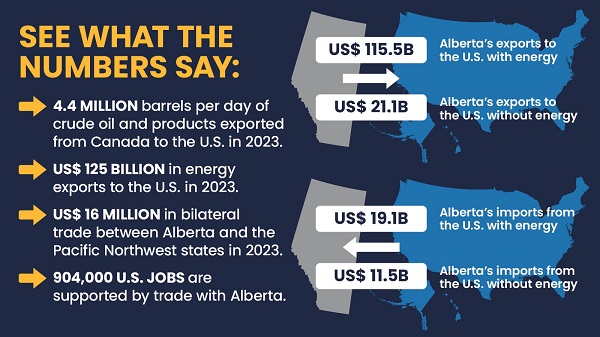Economy
Ottawa must end disastrous energy policies to keep pace with U.S.

From the Fraser Institute
By Julio Mejía and Elmira Aliakbari
This negative perception of Canada’s regulatory environment is hardly a surprise, given Ottawa’s policies over the last decade.
During last night’s Liberal leadership debate, there was a lot of talk about Donald Trump. But whatever your views on President Trump, one thing is certain—he’s revitalized his country’s energy sector. Through a set of executive orders, Trump instructed agency heads to identify “actions that impose an undue burden on the identification, development, or use of domestic energy source” and “exercise any lawful emergency authorities available” to facilitate energy production and transportation. In other words, let’s become an energy superpower.
Clearly, to avoid falling further behind, Canada must swiftly end policies that unduly restrict oil and gas production and discourage investment. Change can’t come soon enough.
Before Trump’s inauguration, red tape was already hindering Canada’s oil and gas sector, which was less attractive for investment compared to the United States. According to a survey conducted in 2023, , 68 per cent of oil and gas investors said uncertainty about environmental regulations deterred investment in Canada’s oil and gas sector compared to 41 per cent in the U.S. Similarly, 54 per cent said Canada’s regulatory duplication and inconsistencies deterred investment compared to only 34 per cent for the U.S. And 55 per cent of respondents said that uncertainty regarding the enforcement of existing regulations in Canada deterred investment compared to only 37 per cent of respondents for the U.S.
This negative perception of Canada’s regulatory environment is hardly a surprise, given Ottawa’s policies over the last decade. For example, one year after taking office, in 2016 the Trudeau government cancelled the previously approved $7.9 billion Northern Gateway pipeline, which was designed to transport crude oil from Alberta to British Columbia’s coast, expanding Canada’s access to Asian markets.
In 2017, Prime Minister Trudeau undermined the long-term confidence in the sector by vowing to “phase out” fossil fuels in Canada.
In 2019, the Trudeau government passed Bill C-69, introducing subjective criteria including the “gender implications” of energy investment into the evaluation process of major energy projects, causing massive uncertainty around the development of new projects.
Also that year, the government enacted Bill C-48, which bans large oil tankers from B.C.’s northern coast, limiting Canadian exports to Asia.
In 2023, the Trudeau government announced plans to cap greenhouse gas (GHG) emissions from the oil and gas sector at 35 per cent below 2019 levels by 2030—an arbitrary measure considering GHG emissions from other sectors in the economy were left untouched. According to a recent report, to comply with the cap, Canadian firms must severely curtail oil and gas production. As one might expect, these policies come at a cost. Over the last decade, investment in Canada’s oil and gas sector has collapsed by 56 per cent, from $84.0 billion in 2014 to $37.2 billion in 2023 (inflation adjusted). Less investment means less funding for new energy projects, technologies and infrastructure, and fewer job opportunities and economic opportunities for Canadians nationwide.
The energy gap between the U.S. and Canada is set to grow wider during President Trump’s second term. While Trump wants to attract investment to the American oil and gas industry by streamlining processes and cutting costs, Canada is driving investment away with costly and often arbitrary measures. If Ottawa continues on its current path, Canada’s leading industry—and its largest source of exports—will lose more ground to the U.S. When Parliament reconvenes, policymakers must move quickly to eliminate harmful policies hindering our energy sector.
Business
Carney’s plan to balance the budget missing one thing, a plan to balance the budget

The Canadian Taxpayers Federation is criticizing Liberal leadership front-runner Mark Carney’s fiscal plan for having no credible plan to balance the budget or cut spending.
“Carney wants to run on his economic credibility, but he has no credible plan to cut spending or balance the budget,” said Franco Terrazzano, CTF Federal Director. “The next time Carney releases a plan to balance the budget, he should remember to include the plan to balance the budget.”
Today Carney released his “approach to federal budgeting.” Carney’s backgrounder acknowledges “the federal government has been spending too much,” but Carney’s plan does not include a plan to balance the budget or cut spending.
Carney plans to separate the government’s operating and capital budgets.
“A Mark Carney-led government will balance the operating budget in three years,” Carney’s backgrounder states. “At the same time, we will run a small deficit on capital spending.”
“Prime Minister Justin Trudeau told Canadians he would balance the budget after a few small deficits, but instead of balancing the books he ran massive deficits and doubled the debt,” Terrazzano said. “Carney needs to go back to the drawing board and come up with a credible plan to balance the budget and cut spending.”
The federal government ran a $62-billion deficit last year. That’s $20 billion higher than its promised fiscal guardrail.
The Trudeau government doubled the debt in less than a decade. Interest charges on the debt are costing taxpayers $54 billion this year. For context, the government is wasting more money on debt interest charges than it sends to the provinces in health-care transfers.
“A balanced budget means the government stops adding to the debt, but Carney’s plan would continue to rack up debt and waste more money on interest charges,” Terrazzano said. “Carney acknowledges the government has a spending problem and now he needs to find concrete ways to save money, balance the budget and cut the debt.”
Business
Trump: Tariffs on Canada, Mexico to take effect next week
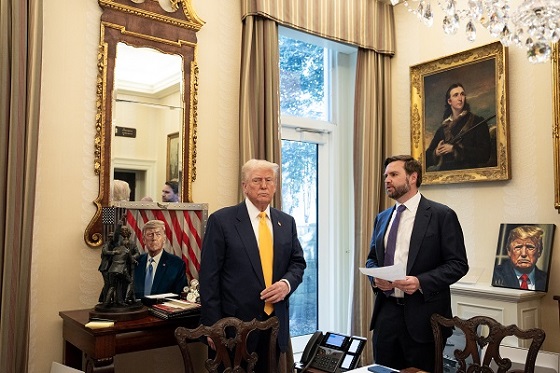
 MxM News
MxM News
Quick Hit:
President Donald Trump confirmed that a 25 percent tariff on all goods from Canada and Mexico will take effect next week. The move is intended to pressure the neighboring countries to take stronger measures against undocumented migration and fentanyl trafficking into the U.S. Despite discussions with Canadian Prime Minister Justin Trudeau and Mexican President Claudia Sheinbaum, Trump stated the tariffs will proceed as scheduled.
Key Details:
- The tariffs were initially set for February 4 but were delayed by 30 days following conversations with Trudeau and Sheinbaum.
- Trump emphasized the need for “reciprocal” tariffs, stating the U.S. has been “mistreated very badly” by many countries.
- Canada and Mexico have threatened to retaliate if the tariffs are implemented, which could impact over $900 billion in U.S. imports.
Diving Deeper:
President Donald Trump announced on Monday that his administration will move forward with imposing a 25 percent tariff on all Canadian and Mexican goods, effective next week. The decision aims to pressure the two countries into taking stronger actions to curb undocumented migration and fentanyl trafficking into the United States.
Speaking at a joint press conference with French President Emmanuel Macron, Trump stated, “The tariffs are going forward on time, on schedule.” This declaration comes as the new deadline approaches on March 4, after an initial delay of 30 days from February 4, following phone conversations with Canadian Prime Minister Justin Trudeau and Mexican President Claudia Sheinbaum.
During the press conference, Trump emphasized the broader issue of tariff reciprocity, claiming, “We’ve been mistreated very badly by many countries, not just Canada and Mexico.” He stressed the need for fairness in international trade, stating, “All we want is reciprocal. We want reciprocity. We want the same.”
Although Trump did not explicitly mention fentanyl or migration in his remarks, his statements apply additional pressure on Canada and Mexico to address his administration’s concerns. According to the White House, Trudeau informed Trump on Saturday that Canada has achieved a 90 percent reduction in fentanyl crossing the U.S. Northern Border and that Canada’s Border Czar will visit the U.S. next week for further discussions.
Together, Canada and Mexico account for more than $900 billion in U.S. imports, including vehicles, auto parts, and agricultural products. Both countries have indicated that they will retaliate if the tariffs are imposed. In a concession to inflation concerns, Trump noted that energy imports from Canada would face a lower tariff rate of 10 percent.
The move underscores Trump’s continued focus on securing U.S. borders and achieving trade reciprocity, while also setting the stage for potential trade conflicts with America’s closest trading partners.
-

 Agriculture2 days ago
Agriculture2 days agoHow USAID Assisted the Corporate Takeover of Ukrainian Agriculture
-
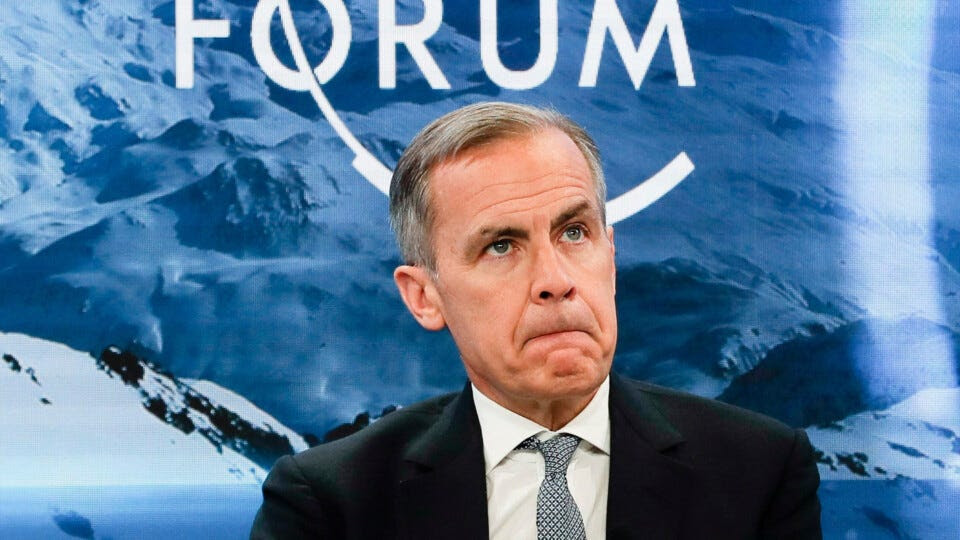
 National1 day ago
National1 day agoMark Carney’s Shocking Debate Meltdown
-

 Bruce Dowbiggin2 days ago
Bruce Dowbiggin2 days agoWayne’s World Has Moved South. Canadians Are Appalled. Again.
-
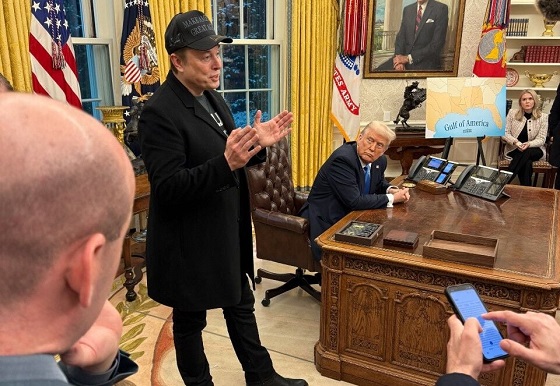
 Business2 days ago
Business2 days agoTrump backs Musk’s ultimatum as ‘great’ idea, but some aren’t responding
-
Conspiracy Facts With Jeffrey Rath2 days ago
Where’s the data on miscarriages linked to COVID Injections?
-

 Daily Caller2 days ago
Daily Caller2 days agoMigrants Won’t Be Putting Their Feet Up At One NYC Hotel Much Longer
-
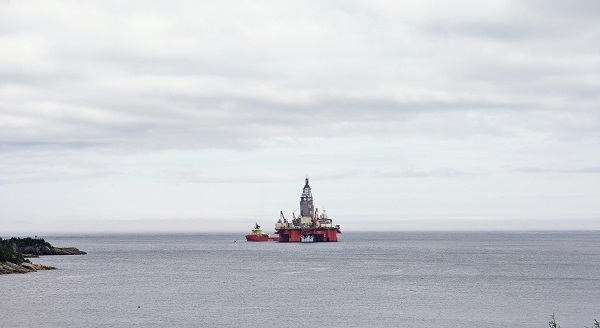
 Energy2 days ago
Energy2 days agoThere is no better time for the Atlantic to follow the Pacific as the next stage of Canadian energy development
-
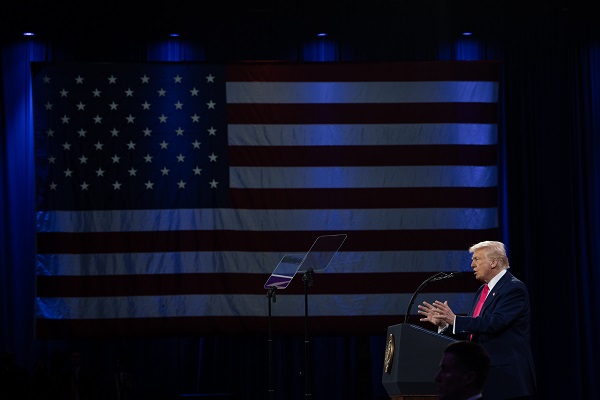
 Energy2 days ago
Energy2 days agoWhy carbon emissions will fall under Trump




